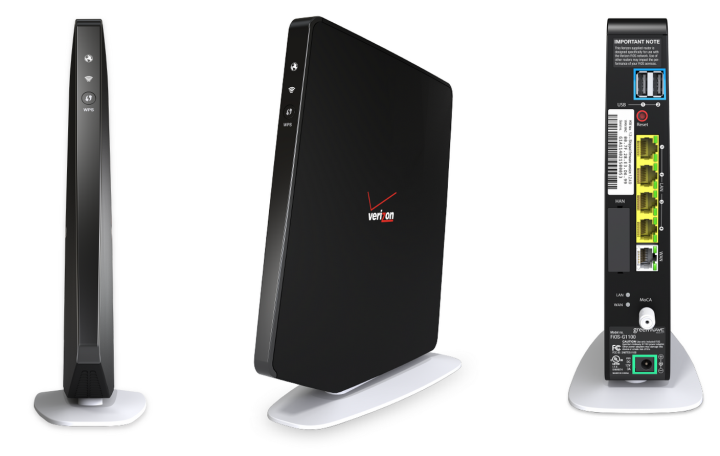
Verizon aims to change that with its new FiOS Quantum Gateway. In addition to 802.11 b/g/n/ac Wi-Fi, the router also supports the Z-Wave protocol, meaning it can function as a network hub for any Z-Wave compatible device, and connect things like locks, lights, and smart appliances to your network.
Verizon certainly isn’t the first company to produce a router like this. There are already a handful of other products on the market that boast multi-protocol networking, but most of them are produced by smaller companies, so it’s exciting to see a large Internet Service Provider (ISP) like Verizon hopping on the bandwagon.
Related: This awesome touchscreen AC router doubles as a home automation hub
Even without all the smart home tech, the FiOS Quantum Gateway has a lot to offer. Confirmed specs for the device include a dual-core processor, gigabit Ethernet with a four-port Ethernet switch, MoCA 2.0, dual-band Wi-Fi over 2.4GHz and 5GHz, as well as beamforming technology for increased data transfer rates over short distances. Verizon also reportedly has plans to roll out software to accompany the router that would allow owners to control Web access on a device-by-device basis. This would make it possible for parents to limit the amount of time a child’s iPad could be online, for example, or even set bandwidth limits on video game consoles and media streaming boxes.
The new FiOS Quantum Gateway is available online starting today for FiOS customers, and new customers who sign up for a FiOS Triple Play package will receive the router as part of the deal.
Editors' Recommendations
- Samsung Ballie is a rolling smart home hub with a built-in projector
- Samsung goes all-in with AI, reveals several new smart home appliances at CES 2024
- U.S. government to launch a new cybersecurity program for smart home devices in 2024
- Google partners with ADT to launch new smart home security system
- Apple reportedly working on a new iPad-like smart home display




